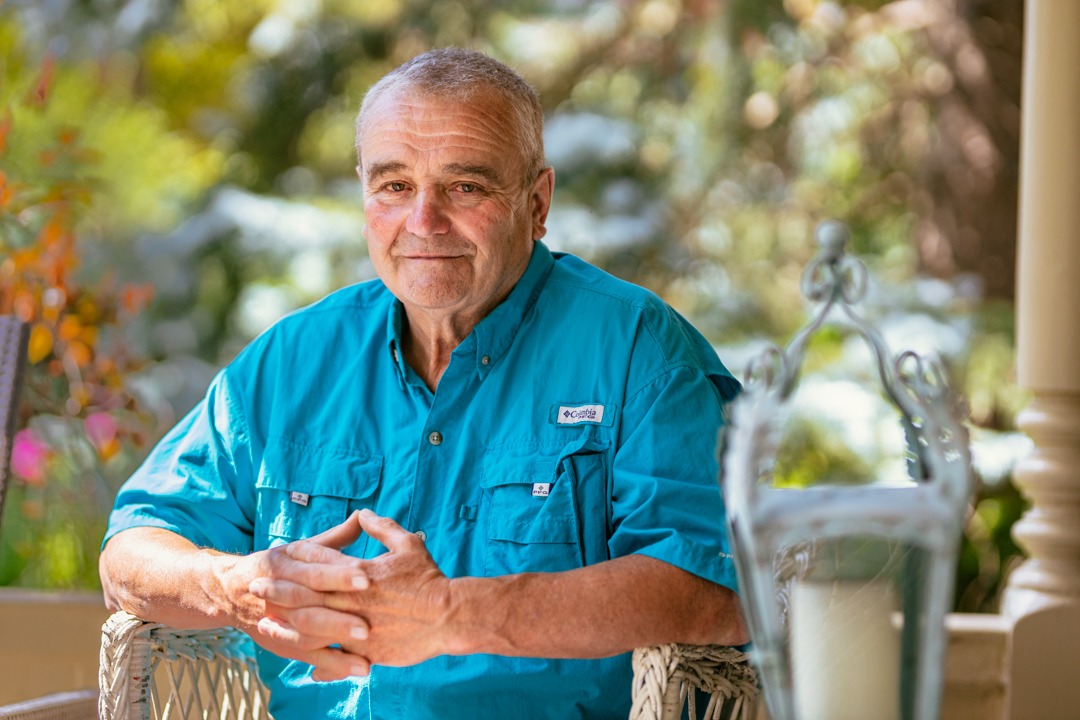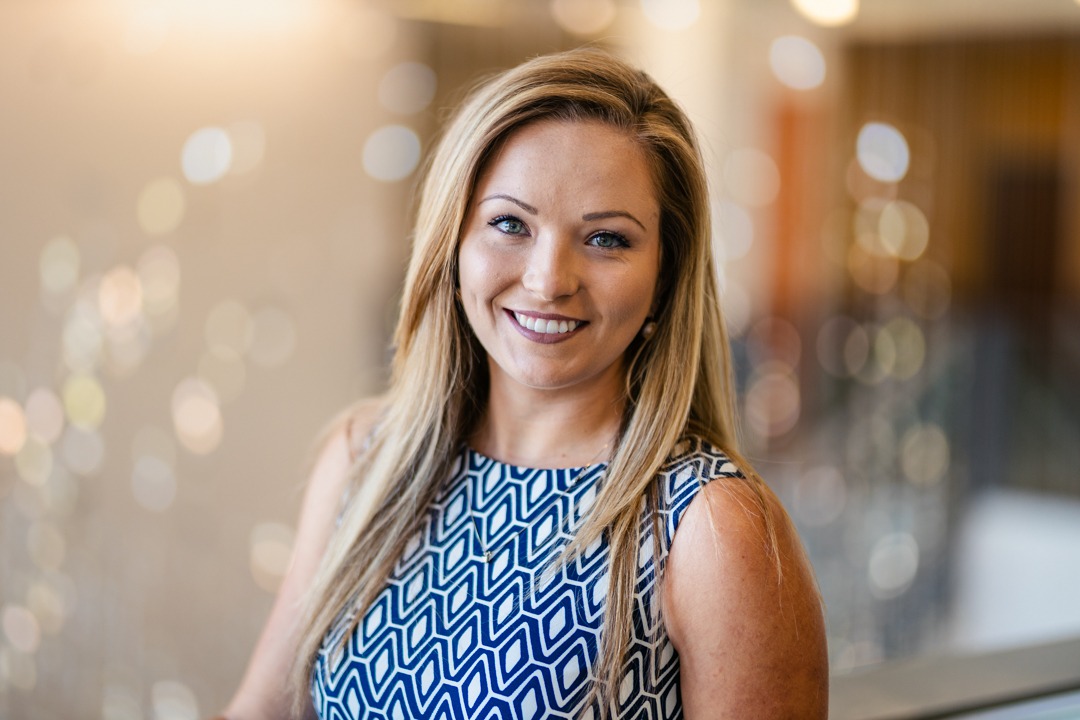
COVID patients supported with virtual care and remote home monitoring
A sip of coffee led Lynda Ferguson to suspect she might have COVID-19.
“I normally love coffee but it tasted really terrible,” says Ferguson, a Hamilton Health Sciences (HHS) COVID patient who was recently discharged from the Juravinski Hospital.
Ferguson, 69, didn’t lose her sense of taste – a COVID symptom – but something was definitely off with her taste buds. “I wondered if it might be a sign of COVID,” says Ferguson, who also has chronic obstructive pulmonary disease (COPD) and regularly uses an oximeter to measure her blood-oxygen saturation. A few hours after that dreadful cup of coffee, more troubling symptoms appeared. She had a fever and sore throat. Her oxygen saturation levels dropped and she was struggling to breathe.
“I called an ambulance and told them that I thought I had COVID,” says Ferguson, who tested positive and spent four nights in hospital before being discharged. She was invited by HHS to take part in a new remote monitoring program while recovering at home.
“I live alone, so it feels good having this connection with the hospital.”
The program monitors COVID patients for their first 15 days at home after leaving the hospital, using technology to connect them daily to HHS nurses specially trained in virtual care.
Preventing return trips to hospital
Patients receive a health kit that includes a tablet computer and data plan, blood pressure monitor, oximeter and digital thermometer. They record their vital signs daily from the comfort of their own homes, which are sent instantly to a nurse at the hospital’s virtual command centre.
“Virtual care and remote home monitoring are game changers…”
Nurses use their technology partner’s CloudDX platform to virtually interact with patients. They can escalate care to a physician if needed, who can have a virtual visit with the patient. If the patient needs to return to hospital, the virtual team can contact paramedics.
“Virtual care and remote home monitoring are game changers when it comes to how we care for patients,” says Dr. Mohamed Panju, site chief for HHS Hamilton General Hospital, where one of the COVID units is located.

Dr. Mohamed Panju
Panju is also a physician lead for the remote home monitoring program. “Remote home monitoring creates a safety net for patients recovering at home and it helps prevent return trips to the emergency department since the virtual care team can help with health concerns that might arise.”
For example, if an oximeter reading shows that a patient isn’t receiving enough oxygen, the virtual care nurse can escalate the case to the on-call respirologist who can meet with the patient virtually and order additional oxygen delivered to the patient’s home. Or if a patient needs a new medication, they can meet virtually with a physician who can fax the prescription to their local pharmacy.
The program also helps free up hospital beds, since patients are being monitored from home instead of in hospital.
City-wide collaboration
HHS, St. Joseph’s Healthcare Hamilton (SJHH), St. Joseph’s Home Care and Hamilton Paramedic Service have been working collaboratively under the umbrella of Connected Health Hamilton – initiated through the Hamilton Health Team — to identify and meet the immediate needs of the city’s COVID patients.
“This is an excellent example of community healthcare organizations working collaboratively to create innovative solutions…”
Through this partnership, provincial funding through Ontario Health was obtained to provide remote patient monitoring to COVID patients recovering at home. Remote patient monitoring has been available to COVID patients since late November.
“This is an excellent example of community healthcare organizations working collaboratively to create innovative solutions for providing COVID patients with the very best care,” says Dr. Ted Scott, vice president of research and chief innovation officer for HHS. Scott is also executive lead for this program.

Dr. Ted Scott
“With the arrival of the second wave of COVID, these organizations moved very quickly to bring virtual care to patients, so they would be supported to recover at home with remote patient monitoring technologies.”
Easy to use
The software technology being used for HHS patients is user friendly and the feedback so far from patients, nurses and physicians has been positive. “I’m not a techie but I find it easy to use,” says Ferguson, who also enjoys the daily contact with the virtual nursing team from her Hamilton home.
“Every morning I do my vitals. The nurse calls every day to check on me. We have a little chit chat and she goes over my vitals with me. I live alone, so it feels good having this connection with the hospital.”



